How to Store Dahlia Tubers Over Winter
Are you thinking about overwintering your dahlia tubers through the cold winter season? I’ll share some different methods and simple tips on how to safely dig up and store your dahlia tubers over the winter.
In this post I’ll share how to:
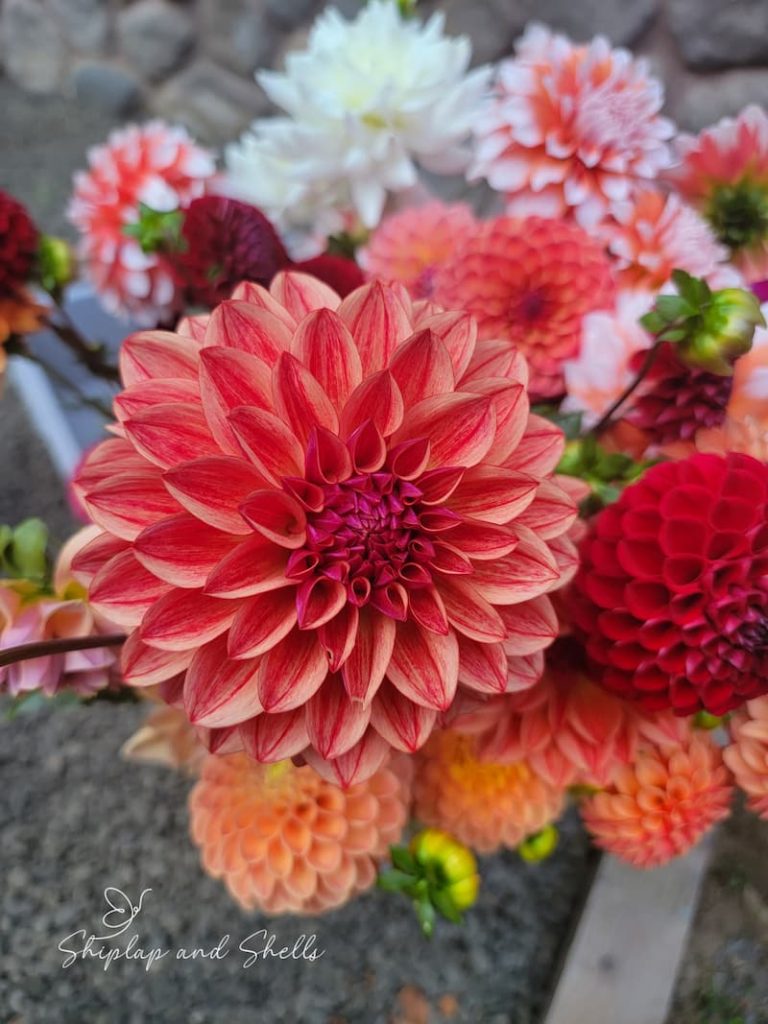
As an Amazon affiliate, I earn from qualifying purchases at no extra cost to you. My blog contains other affiliate links for your convenience as well. Click here to read my privacy policy.
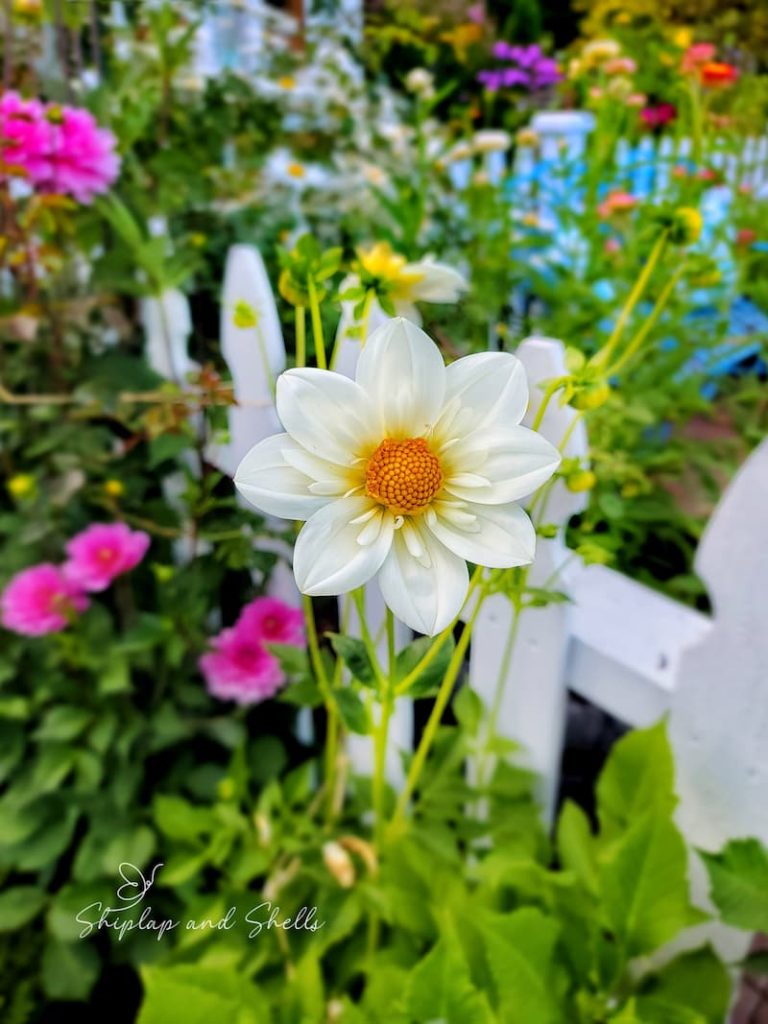
Choosing How to Store Dahlia Tubers Over Winter
Where you live and the climate is basically how you’ll decide to leave your dahlia tubers in the ground or overwinter dahlias in a safe environment until the chance of freezing has passed.
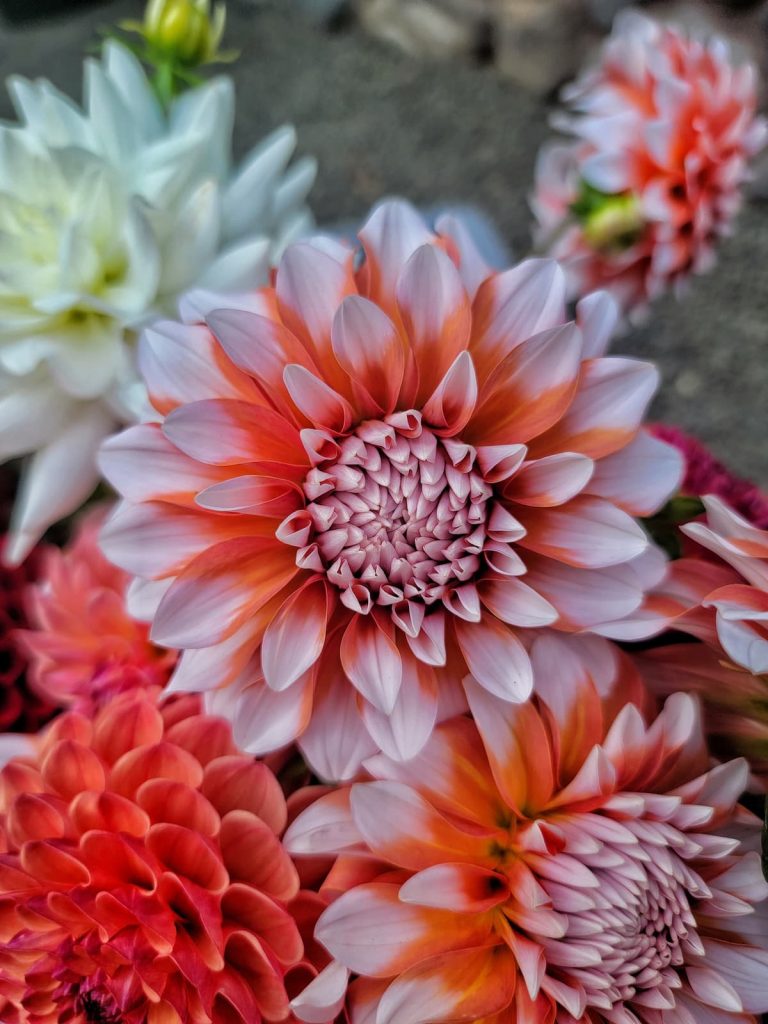
Storing Dahlia Tubers in Mild Winters
Because I live in a more mild climate (zone 8B), I’ve been very fortunate when leaving my dahlia tubers in the ground year-round. I’ve only dug up and stored my dahlia tubers once in the 10 years I’ve grown dahlias in my cut-flower garden.
If you do end up leaving dahlia tubers in the ground, it’s a good idea to protect them from freezing temperatures during the coldest months of the year. You can do this by adding a 3-inch layer of organic leaf mulch around each plant.
When we’ve had a wetter-than-usual winter and I’ve left the tubers in the ground, I’ve lost about 15% to rot, but I personally have had more rot damage the year I stored the tubers out of the ground.
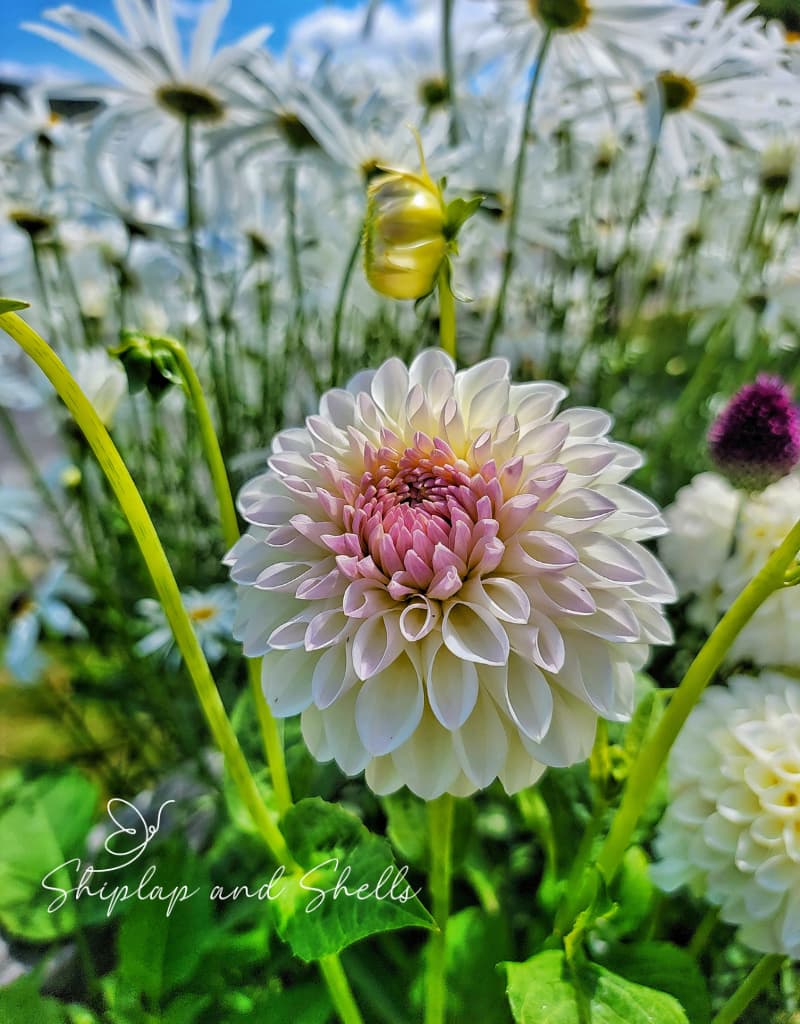
Storing Dahlia Tubers in Colder Climates
In most areas, winters are too cold to leave dahlia tubers in the ground. For those zones that have colder climates, dahlia plants should be cut back at the end of the growing season, and after the plant’s top growth dies back, or is blackened by the first frost.
With clean, sharp pruners or loppers, cut all but 4 inches of the top growth.
The longer the tubers are kept in the ground, the more mature they will be. This will give them a better chance of surviving in storage. But you do want to dig them up before the first hard freeze of the season.
You can find your average first and last frost dates here.
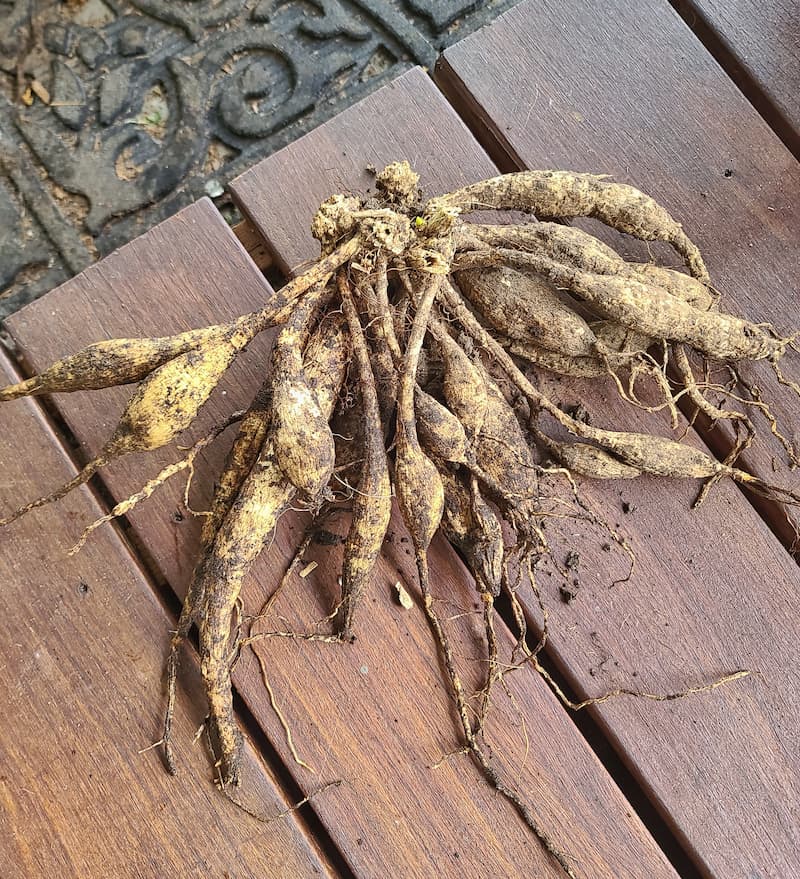
How to Safely Dig Up and Split Dahlia Tubers
Whether you decide to store your dahlias over winter or leave them in the ground, you will still need to dig them up to split and inspect them.
Find out everything you need to know about splitting dahlia tubers in my post Splitting Dahlia Tubers in the Spring.
Here are more tips on how to dig up and store your dahlias.
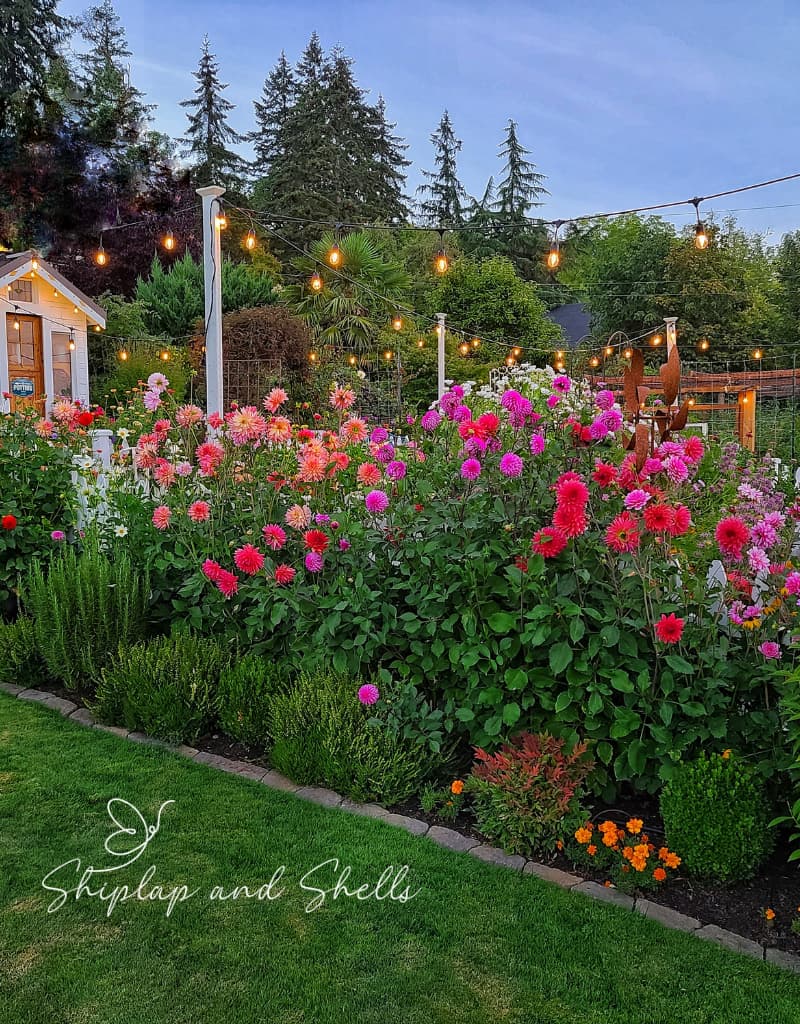
Label Your Dahlia Tubers
It’s important to label your dahlias before their blooms die off so you’ll be able to keep track of each tuber once they are removed from the ground.
If you do not take your dahlia tubers out of the ground, you will still need to label them to be able to find the plants next year so you can dig them up to divide the tubers.
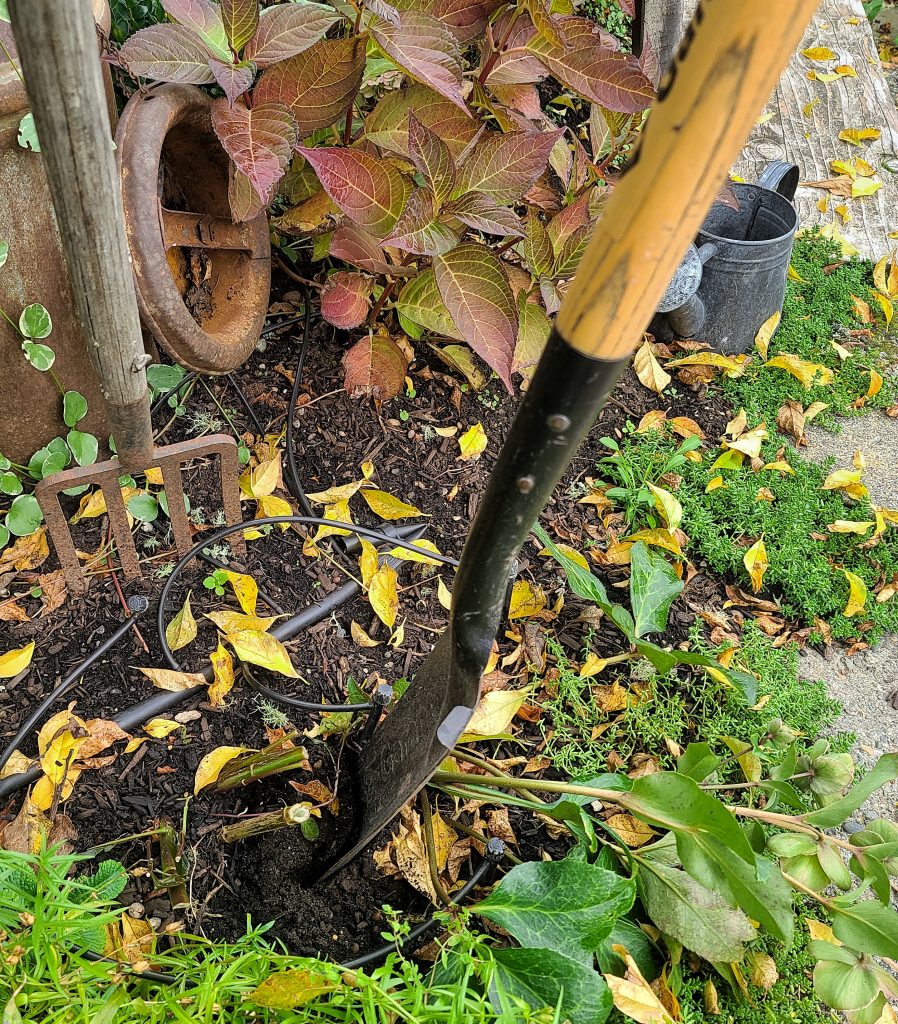
Dig Up Your Dahlia Tubers
No matter what option you decide on as far as overwintering your dahlia tubers, you’ll need to go through these steps to start the process of digging dahlia tubers out of the ground.
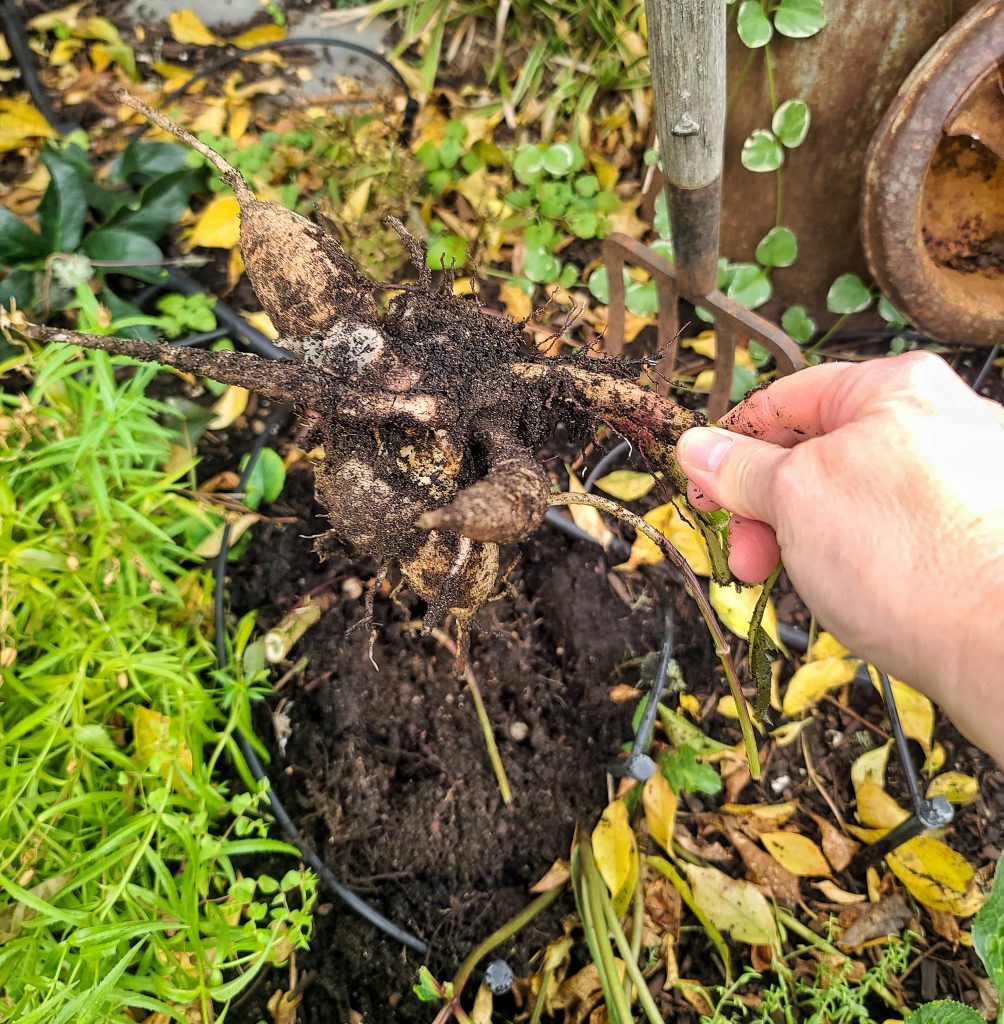
Steps to Digging Dahlia Tuber Clumps Out of the Ground
1. Use either a shovel or garden fork, to dig around the dahlia clumps. Be careful not to accidentally sever the dahlia roots. I tend to use a pitchfork because the tubers are so sensitive.
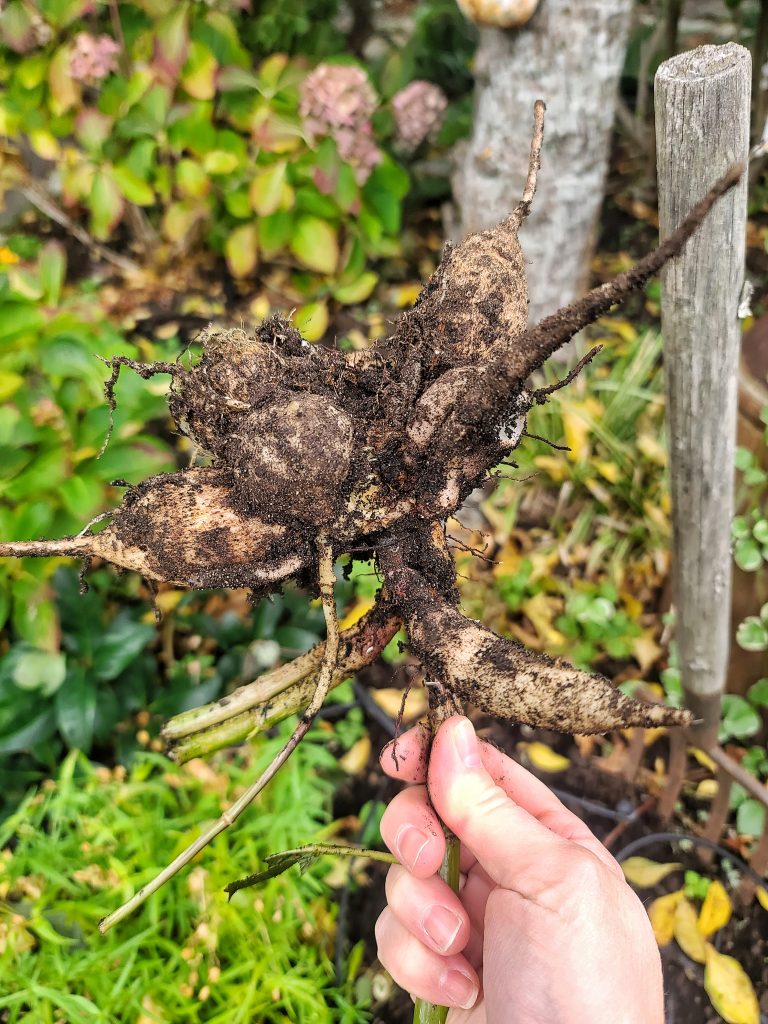
2. Gently shake excess dirt off the tubers, and set them aside.
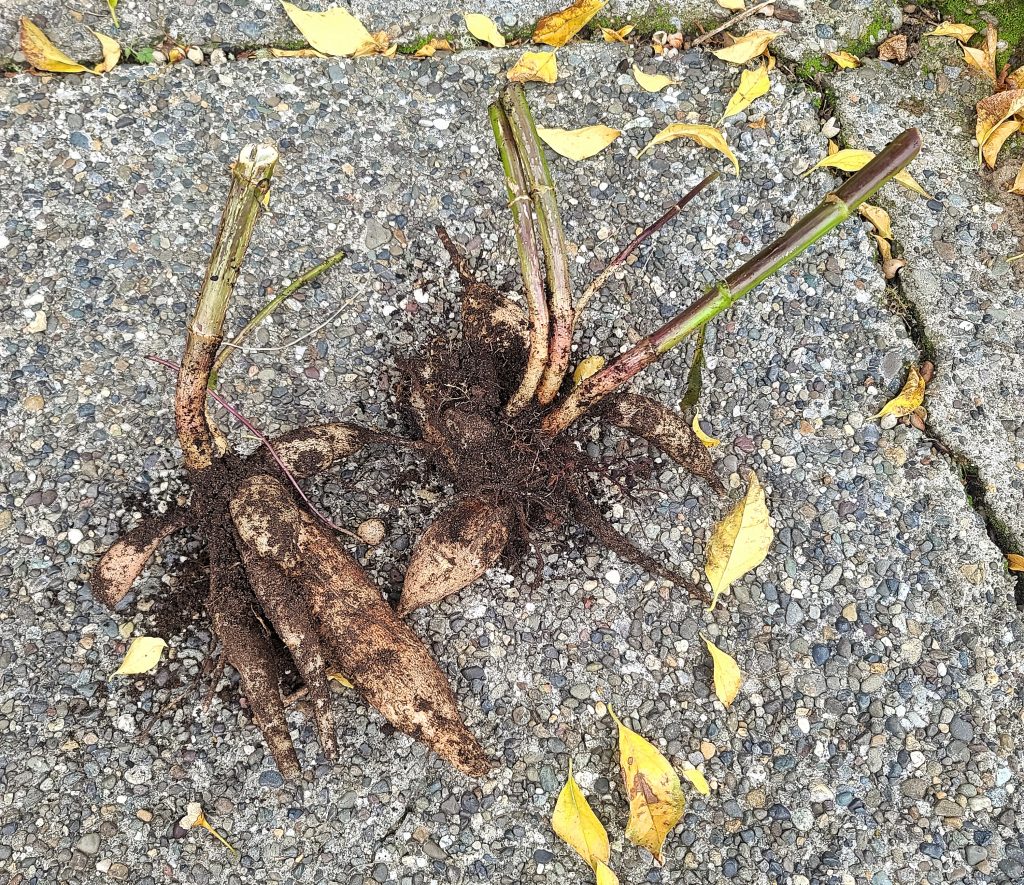
3. Repeat until you’ve dug up all of your tubers.
Splitting Your Dahlia Tubers
You have the choice to divide your dahlia clumps when:
I will dig up my dahlia tubers in April to split and inspect them, toss any rotted or diseased tubers, and remove the mother root or tuber.
After splitting them, I plant them back in their holes and wait for them to bloom in the summer.
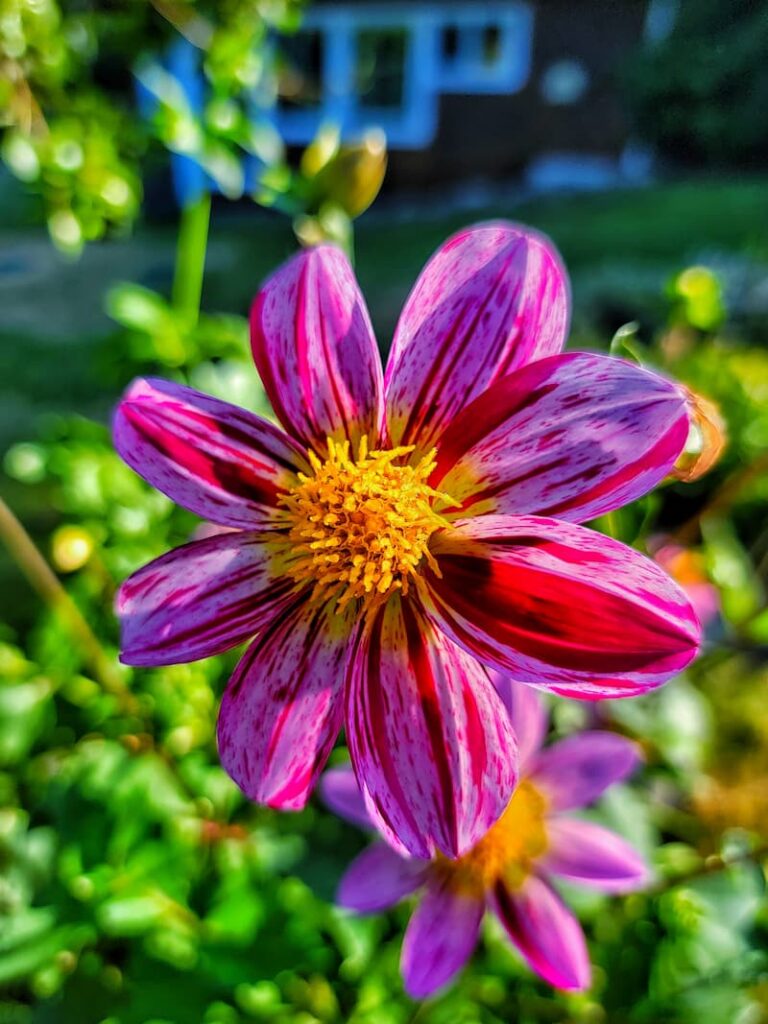
How to Store Dahlia Tubers Over Winter Indoors
I’m sharing a few options for overwintering your dahlia tubers to eliminate any risk of frost.
Storing Dahlia Tubers in Paper Bags or Cardboard Boxes
This is the option I have used in the past to store dahlias.
Rinse and Examine Dahlia Tubers
Rinse the tuber clumps to remove all the excess soil and then wash them by dipping them in a 5% bleach-95% water solution.
After you’ve rinsed the tubers off, examine each clump to make sure that there is no damage or rot.
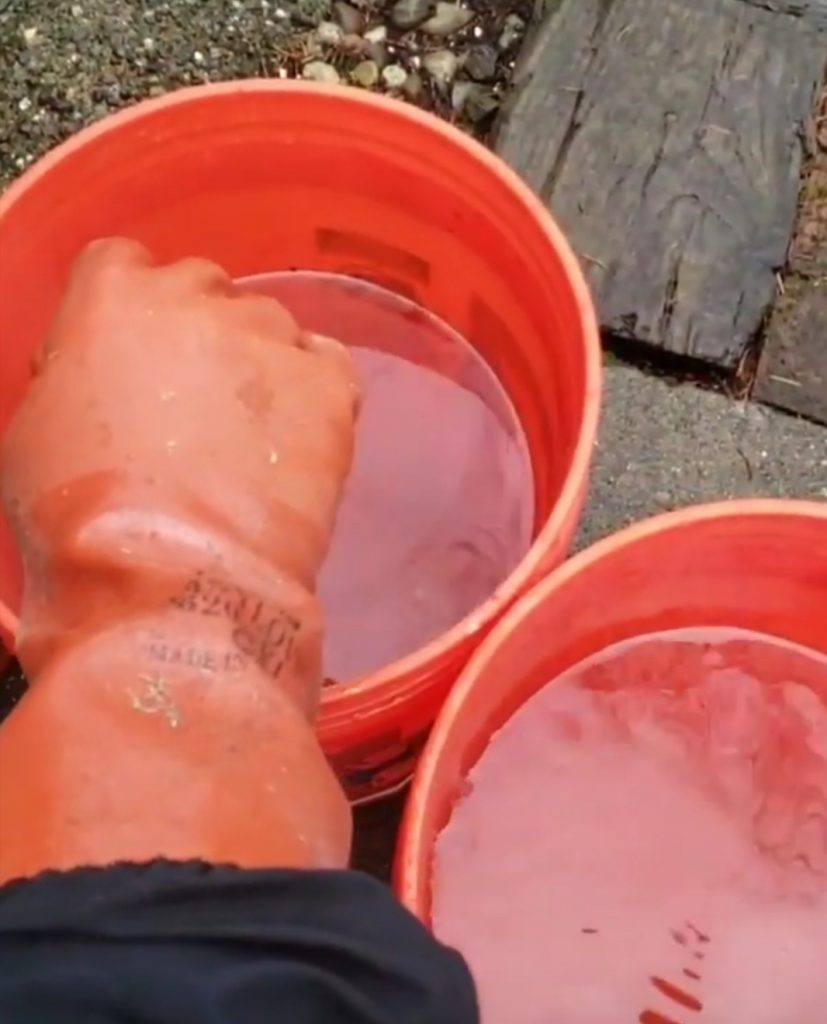
Divide Dahlia Tubers if Growth Eyes are Visible
If the tubers have several growth eyes, you can divide them at this step in the process as well. Use a sharp knife or pruners to divide dahlia tubers, making sure each piece has at least one eye.
The eyes of dahlia tubers are the set of cells that produce the next season’s plants and blooms.
I personally have much better luck finding the eyes in the spring season. So if you can’t find them in the fall, wait to divide your tubers when they may become more visible in the early spring.
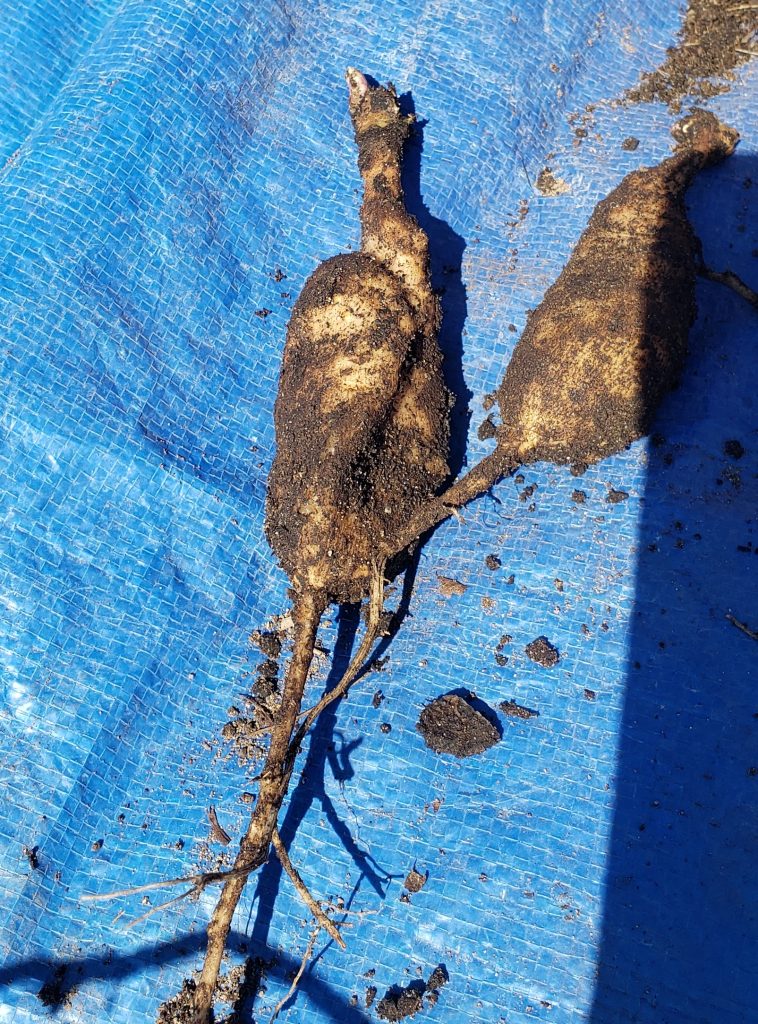
Make Sure Dahlia Tubers are Dry Before Storing
To prevent rotting, make sure the dahlia tubers are completely dry before you store them for winter.
Some gardeners suggest setting them out to dry for several weeks before putting them away for the winter. Others recommend only a couple of days.
I’ve been lucky because we have a wood-burning stove in our outbuilding, so our tubers dry pretty quickly.
When they’re dry, place tubers in a dark and cool place for storage, where there is no risk of freezing temperatures. This would be preferably between 40-50º F. and could be in an unheated basement, closet, utility room, or attic.
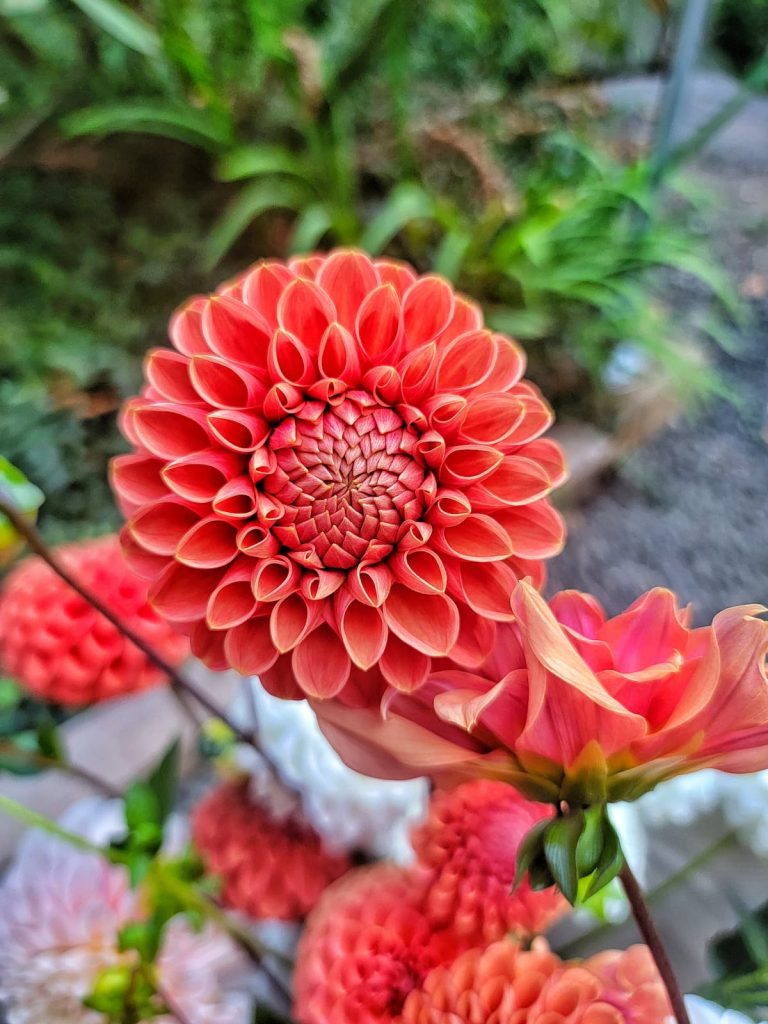
Store Dahlia Tubers Appropriately
Store dahlia tubers in slightly dampened peat moss, sawdust, wood shavings, or coarse vermiculite, and then place them in a cardboard box or paper bag lined with newspaper.
Tubers must have good air circulation, so make sure that they aren’t touching, and that they have enough room for proper airflow.
I check my tubers for rot once a month throughout the winter season.
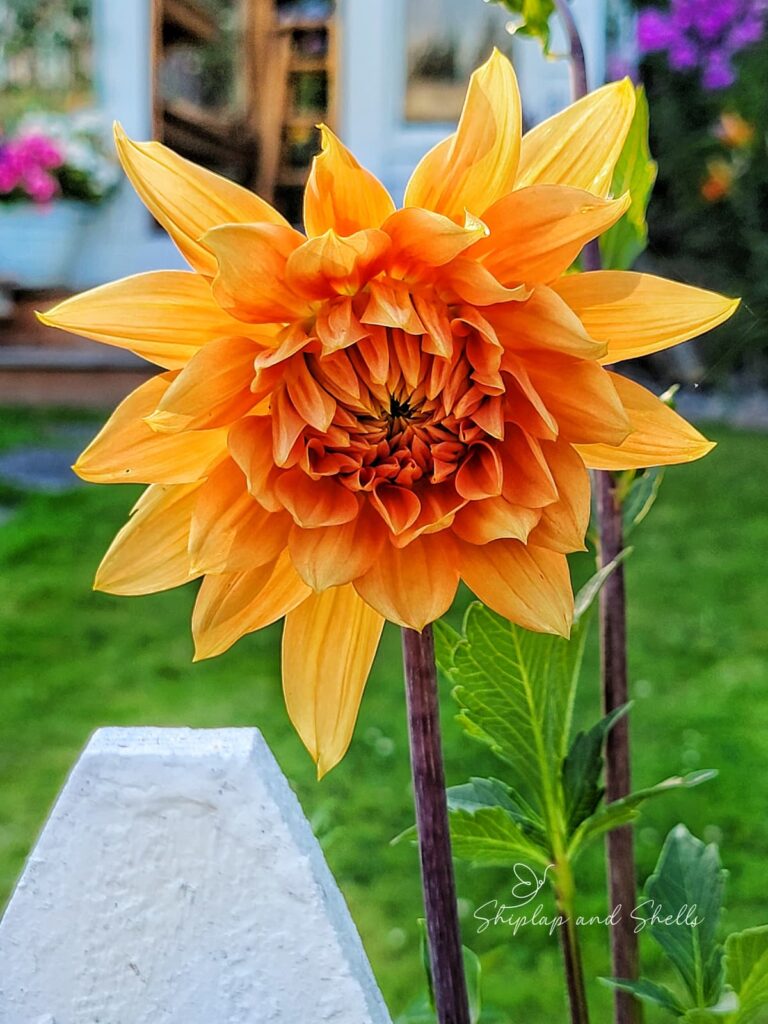
Storing Dahlia Tubers in Deep Bulb Crates
After digging your dahlia clumps up, shake off the excess dirt, put the clumps into deep bulb crates, and stack them in a 40-50º room in a basement or garage for winter storage.
The soil seems to keep the dahlia tubers hydrated enough to avoid shriveling. Pull out all the crates, rinse off the clumps, and start dividing the overwintering dahlias in mid to late March.
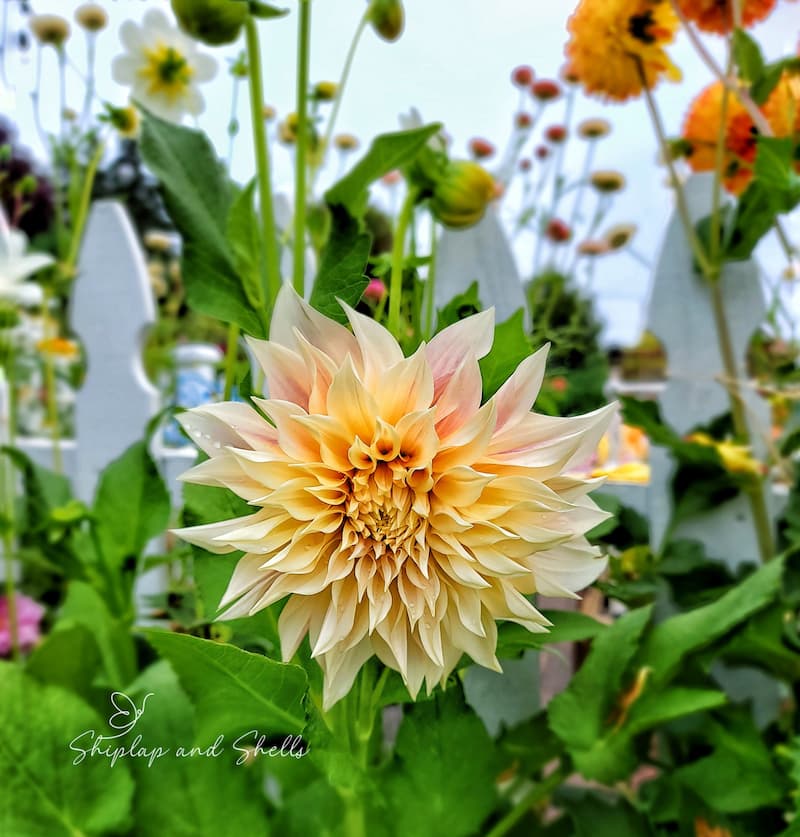
Storing Dahlia Tubers in Plastic Wrap
This is the Saran Wrap method.
Rinse the tuber clumps to remove all the excess soil, and then wash them by dipping them in a 5% bleach-95% water solution. After you’ve rinsed the tubers off, examine each clump to make sure that there is no damage or rot.
Lay the dahlia tubers out to dry in a cool garage or basement for a day or two. Once the clumps are dry, carefully divide them and then separately wrap each individual tuber in a piece of Saran Wrap.
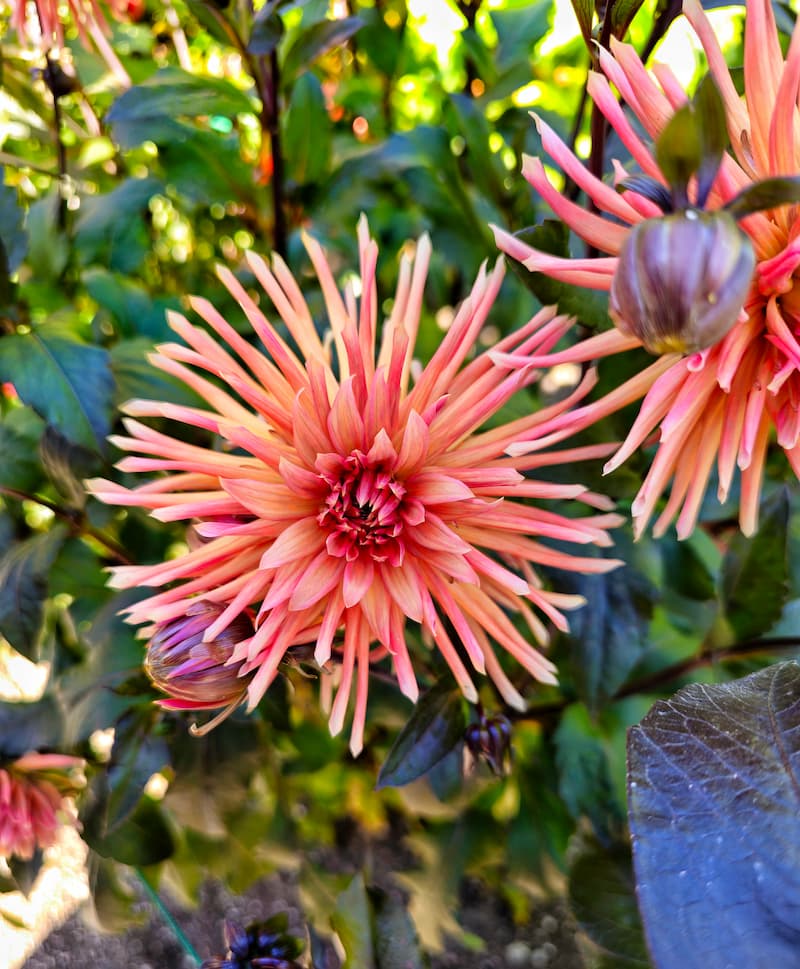
Read more about dividing in my blog posts Dahlia Planting Guide for Beginners and How to Divide Dahlia Tubers in the Spring.
Place the wrapped tubers into plastic bulb crates, and store them in a 40-50ºF space throughout the winter.
I have mixed feelings about this method of storing dahlia tubers.
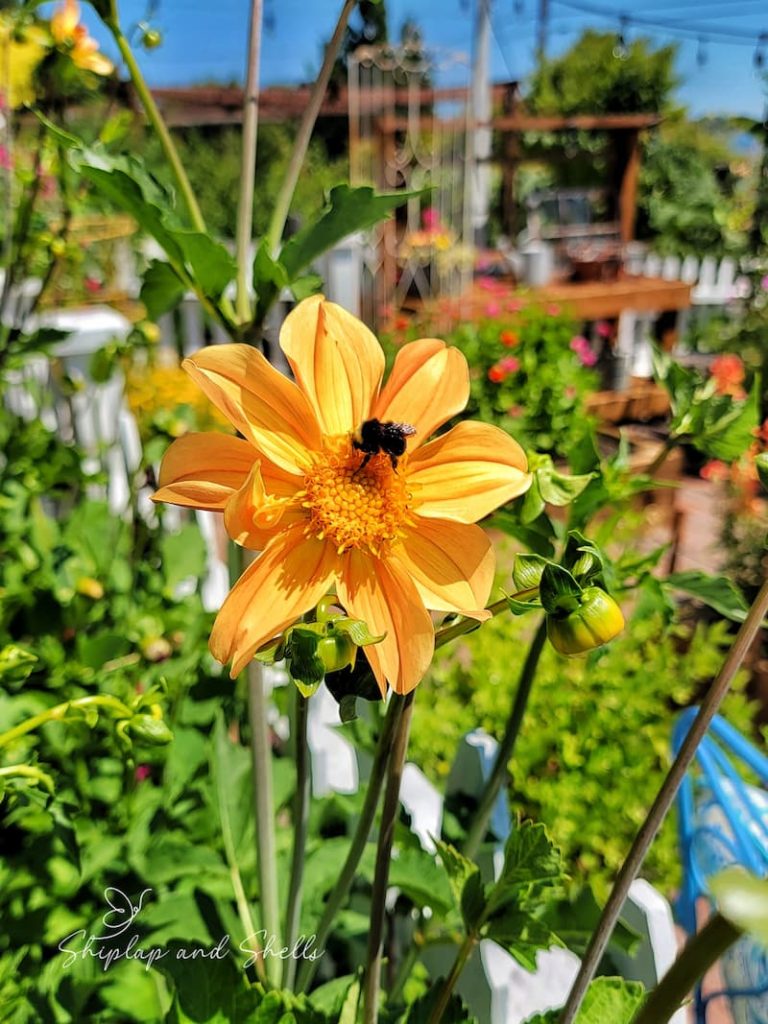
Common Questions About How to Store Dahlia Tubers Over Winter
When Should I Store Dahlia Bulbs for the Winter?
The best time to dig up dahlia bulbs and prepare them for winter storage is after the first frost has blackened the foliage and before the ground freezes. This typically occurs in late fall, around October or early November, depending on your location and local weather conditions.
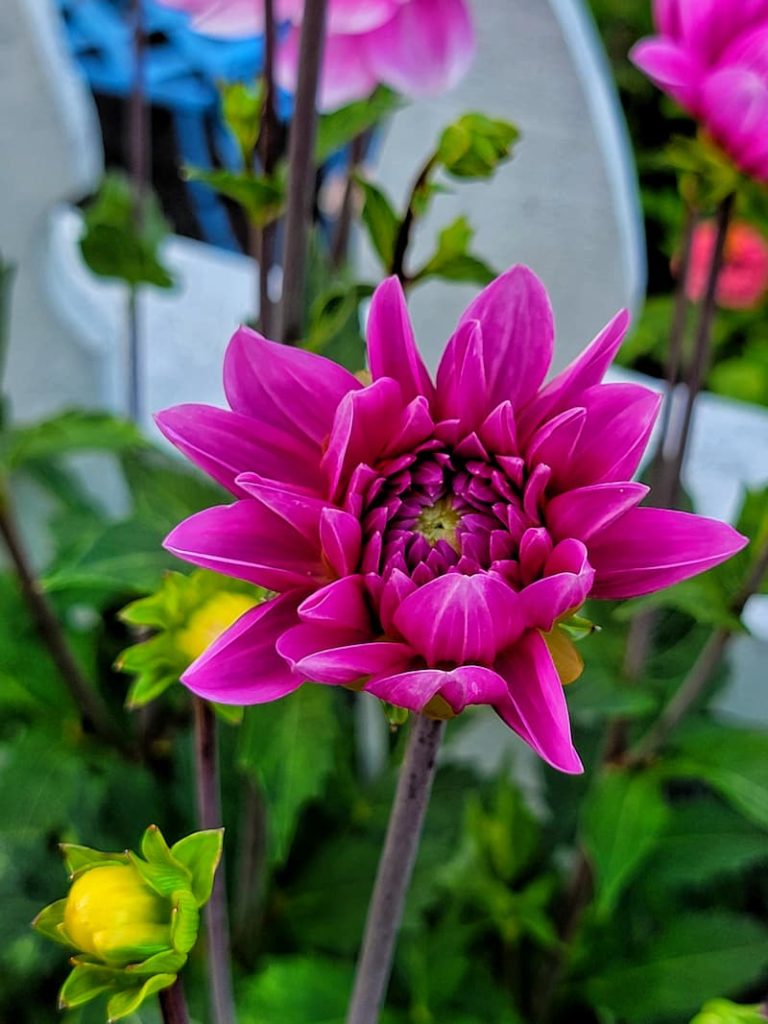
How Dry Should Dahlias Be Before Storing?
The key is to strike a balance between allowing the tubers to dry enough to prevent rot and not overdrying them, which could cause damage.
Dahlia tubers are not as prone to drying out as some other bulb types, but it’s essential to avoid any excessive moisture that could encourage fungal growth or rot during the winter months.

How Do You Wake Up Dahlia Tubers?
Waking up dahlia tubers in the spring means bringing them out of their winter dormancy and preparing them for planting. Here’s how to wake up dahlia tubers when the time is right:
Timing
The timing for waking up dahlia tubers depends on your local climate and the average last frost date in your area.
In most regions, this is typically in late winter or early spring, about 4-6 weeks before you plan to transplant them into the garden. Aim for a soil temperature of around 50°F (10°C).
Retrieve the Tubers
Take the dahlia tubers out of their storage location.
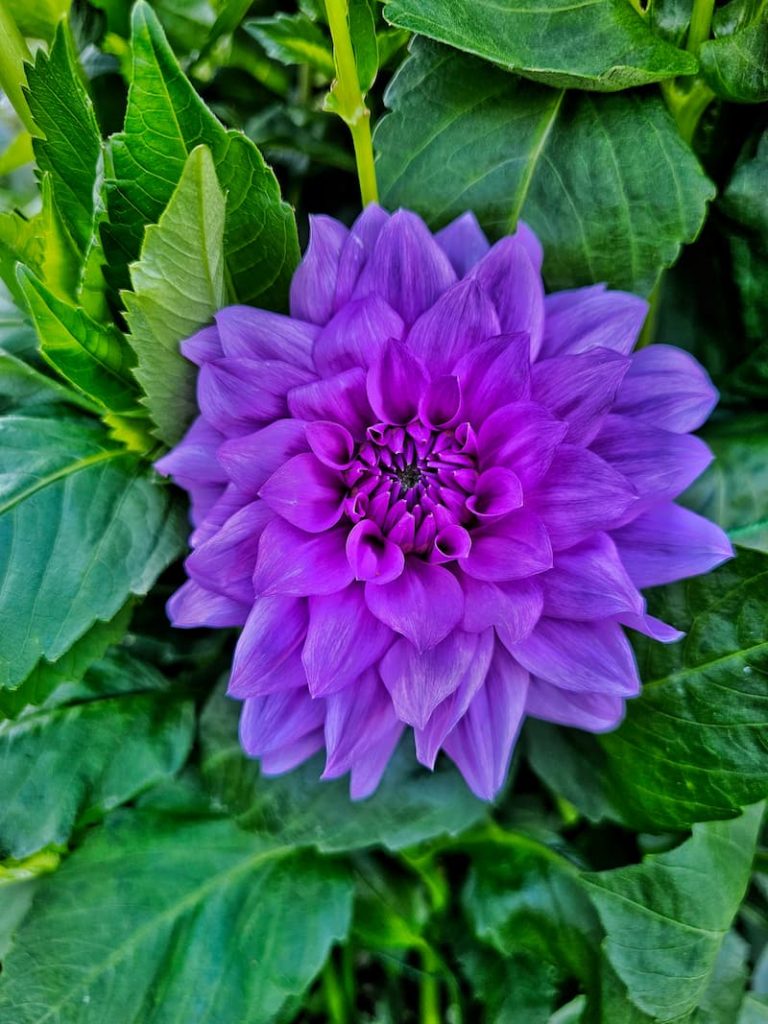
Inspect for Health
Check the tubers for any signs of mold, rot, or damage. If you find any affected tubers, discard them to prevent the spread of disease.
Divide and Prune
If your dahlia clumps have become too large or crowded, this is a good time to divide them. Use a clean, sharp knife or pruner to separate tubers.
Each division should have at least one “eye” or bud, which will sprout into a new plant. Trim away any damaged or dead portions of the tubers.
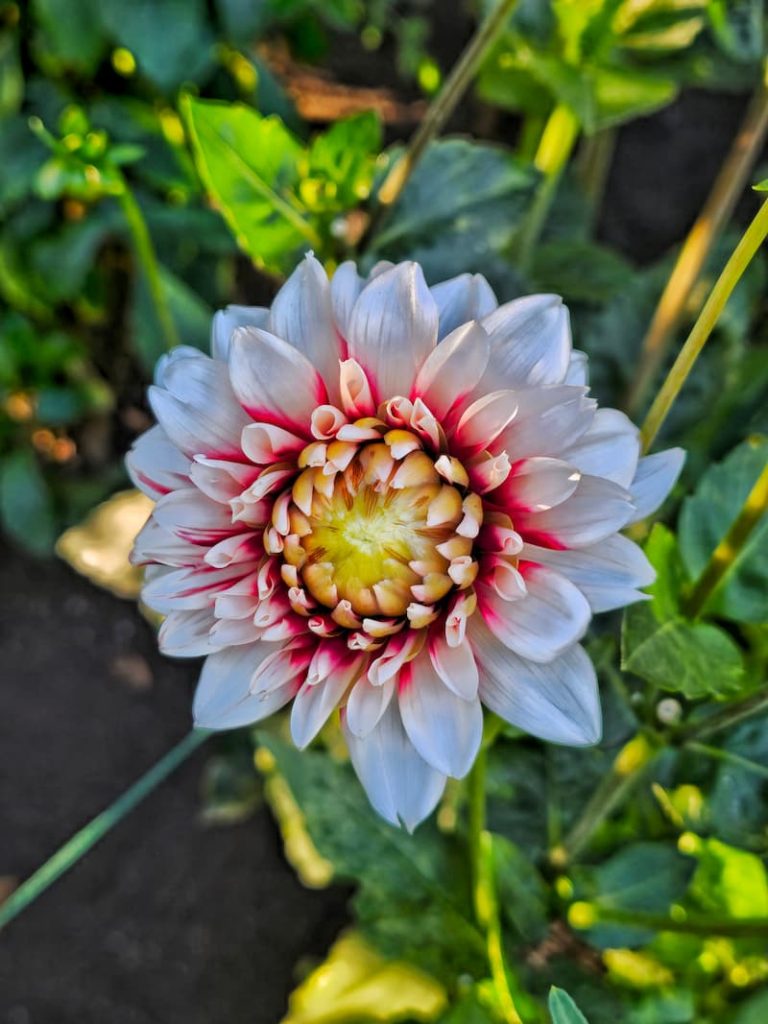
Pre-Sprouting
If you want an early start to your dahlia season, you can pre-sprout the tubers indoors. Place them in shallow containers or trays filled with damp potting soil or seed-starting mix.
Keep them in a warm, bright location (not in direct sunlight) to encourage the development of shoots. This process can take a few weeks.
Prepare the Garden
While your tubers are pre-sprouting or once outdoor conditions are suitable, prepare the garden bed where you plan to transplant them. Dahlia plants thrive in well-draining soil and full sun, so choose a suitable location.
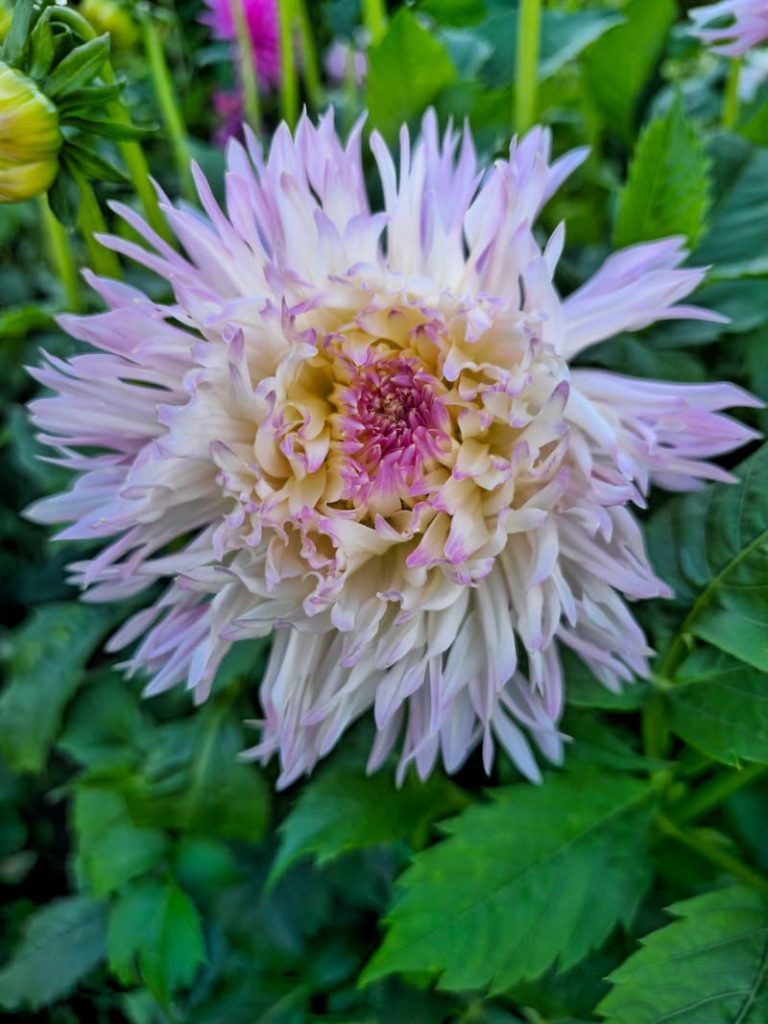
Transplant
When all danger of frost has passed and the soil has warmed to around 50°F (10°C), you can transplant your dahlia tubers into the garden.
Space them according to their mature size, typically 18 inches to 2 feet apart. Plant them at a depth of about 4-6 inches with the eye or bud facing upward. Water thoroughly after planting.
Support and Care
As your dahlia plants grow, provide support with stakes or cages to help them stay upright. Water regularly and mulch around the base to conserve moisture and suppress weeds.
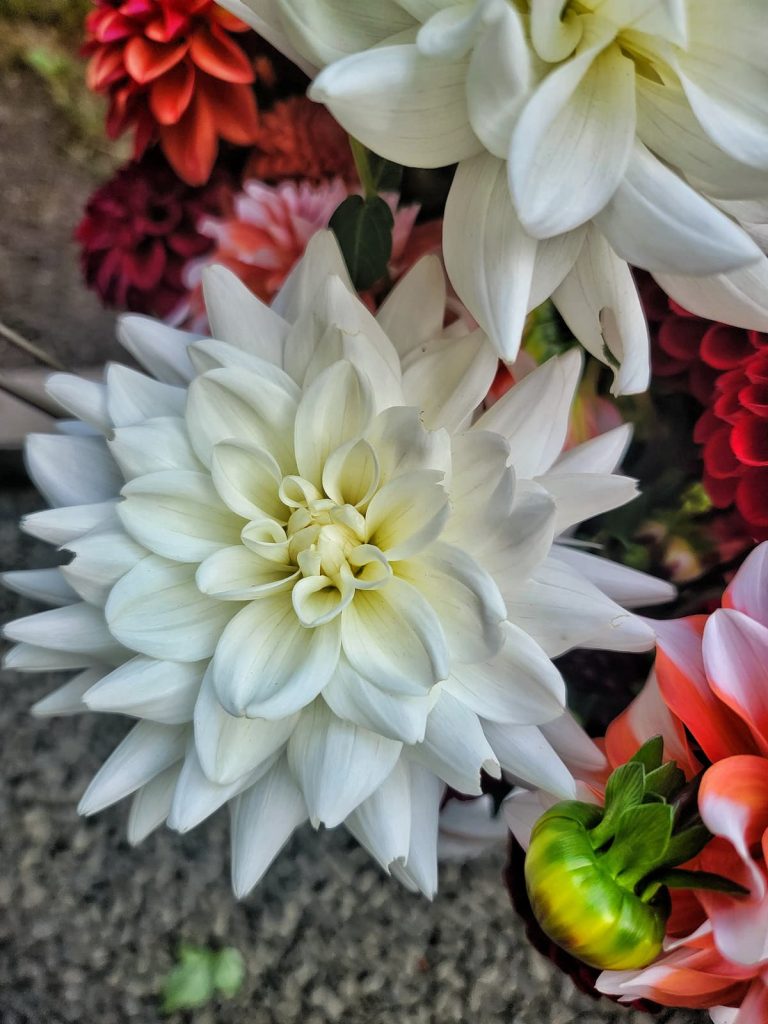
I hope this has given you a better idea of how to store dahlia tubers over winter. With a few simple steps and a little care, you can ensure these beautiful blooms return in the spring.
By waiting for that first frost, gently digging up the tubers, allowing them to air dry, and placing them in a cool, dry spot, you’re setting the stage for a successful dormancy period.
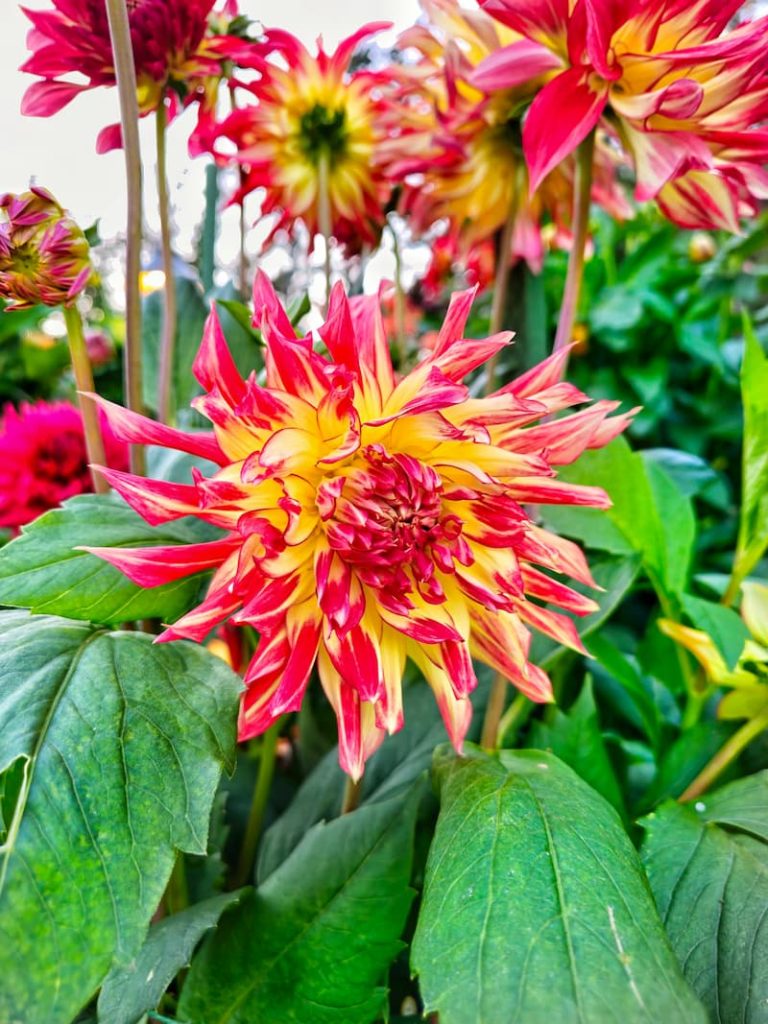
For more on dividing dahlia tubers or other information about growing dahlia flowers, you can read my blog post on Dahlia Planting Guide for Beginners.
If you have any questions or additional suggestions, please share them in the comments below. And be sure to share this blog post link with anyone who may find these gardening tips useful.
Until next time.
Happy Gardening!

I’m a self-taught hobby gardener. Everything I share on my blog is my opinion and what has worked for me.
YOU MAY ALSO
Enjoy These Posts
Follow Me for More Inspiration
Shop my Amazon Storefront, LTK sources, and my favorite home decor, garden, and lifestyle products. When you purchase from one of my links, I earn a small commission, which helps me continue sharing all the content you expect on my blog.
Be sure to follow me on Pinterest, Instagram, Facebook, TikTok and LIKEtoKNOW.it. Do you like gardening? Join my Facebook Gardening Tips & Tricks group.

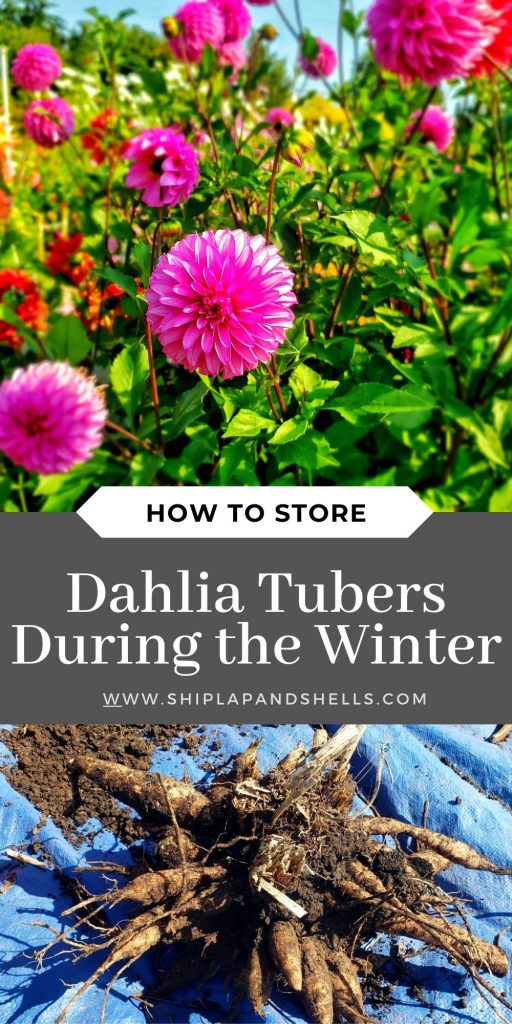
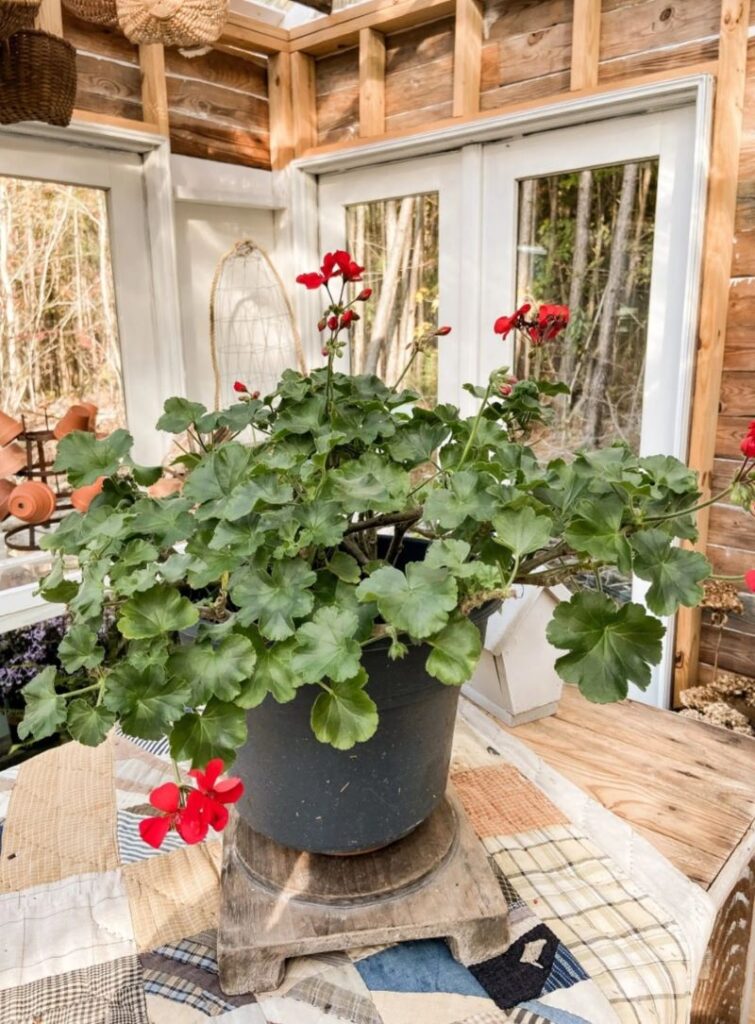
For some great tips to save plants over the winter, visit my friend Rachel of The Ponds Farmhouse where she uses her gorgeous greenhouse to overwinter her plants.


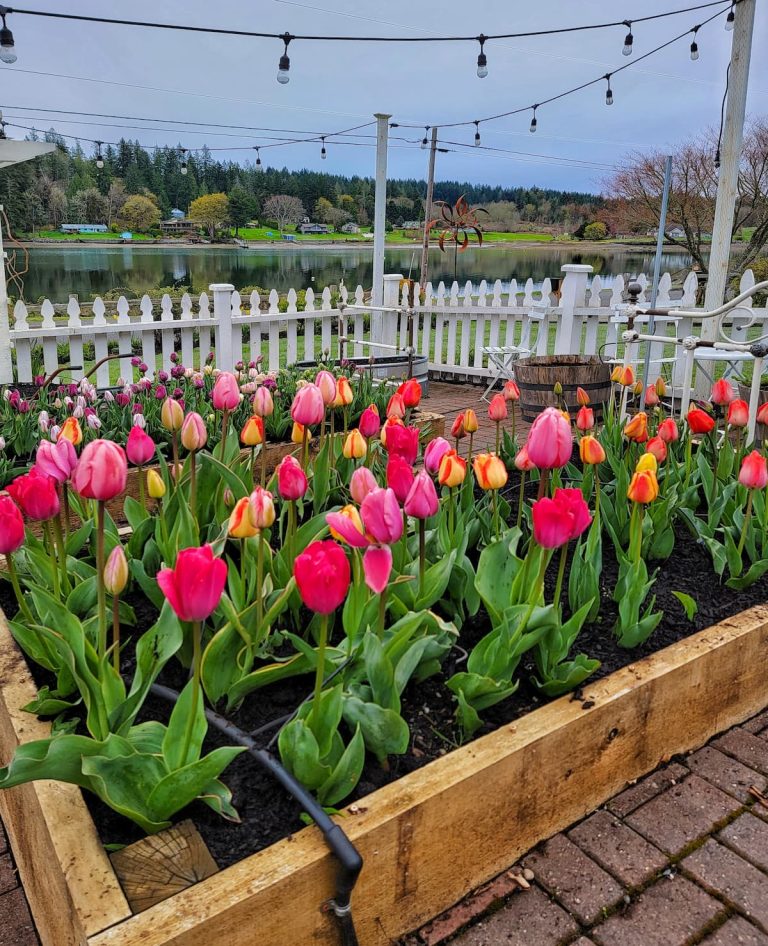
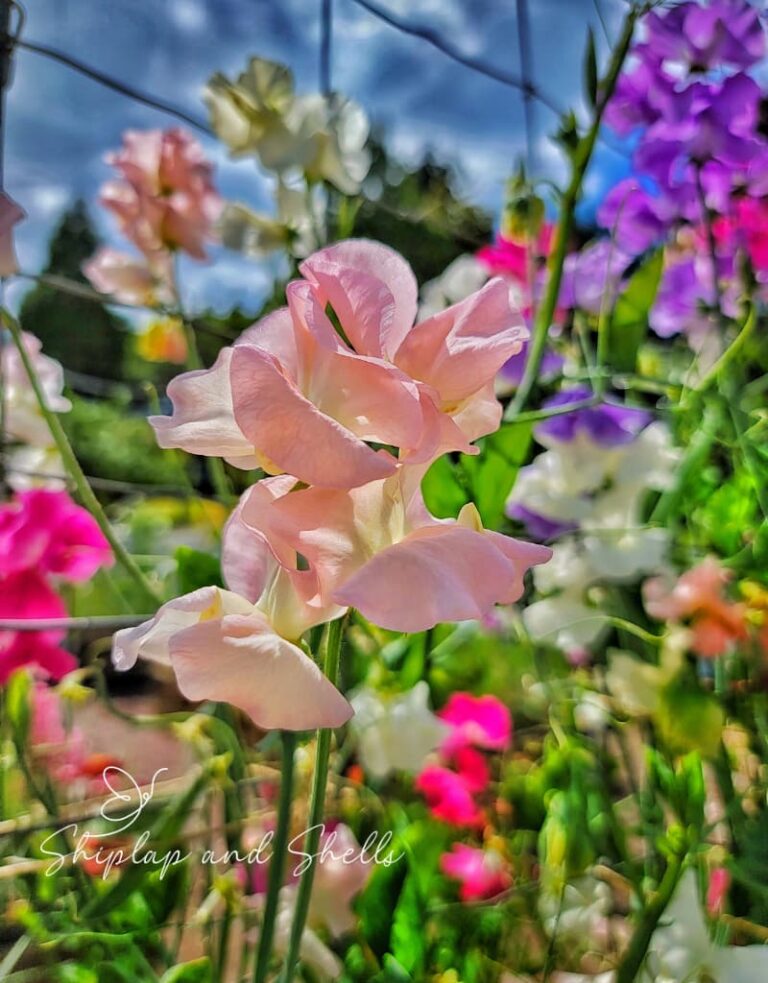
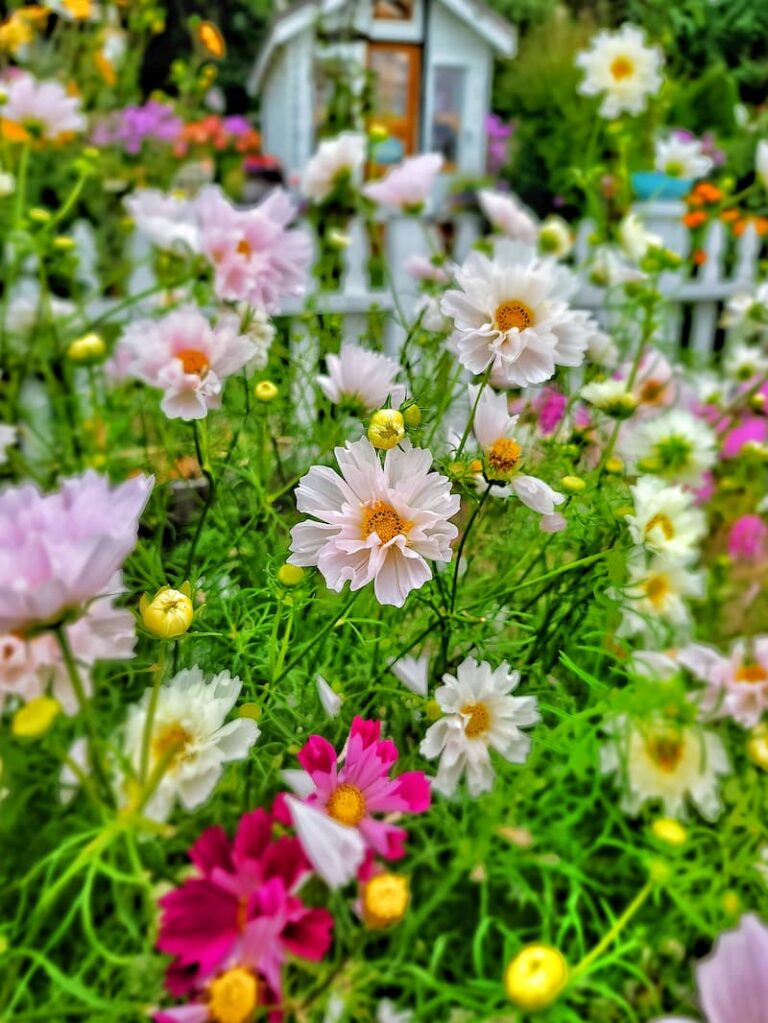
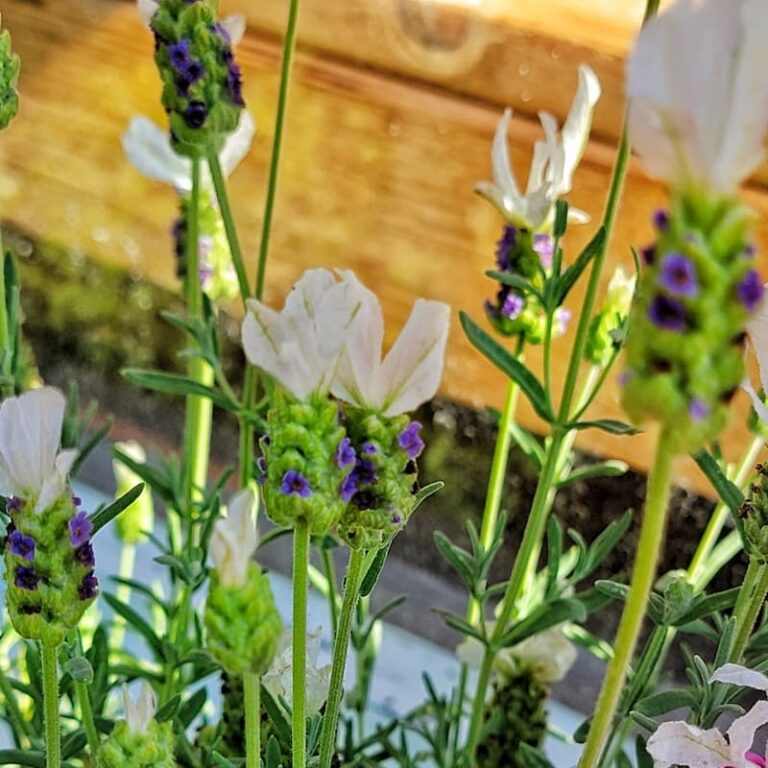
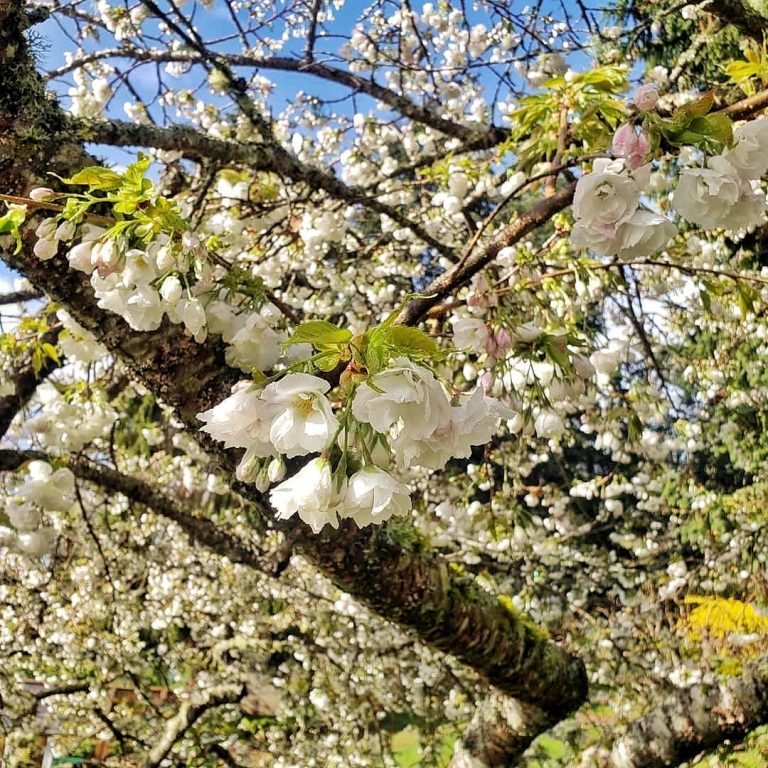
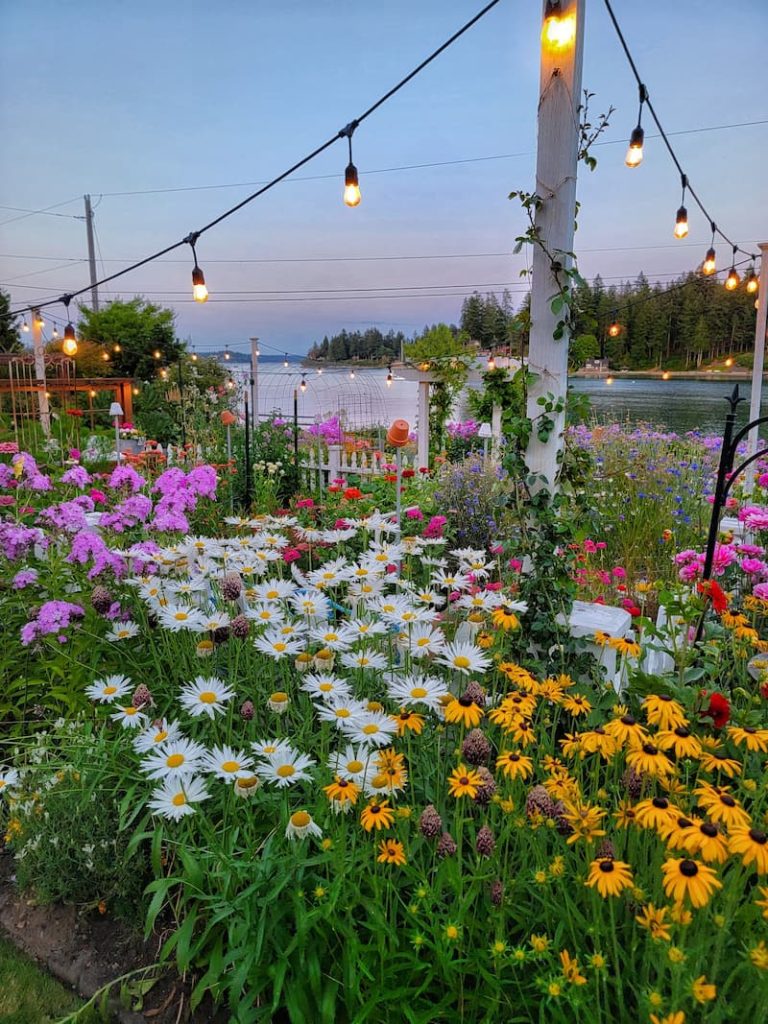
Love your tips on saving and storing the dahlias. I am going to do it this year since I’m having a lackluster season with my dahlias. And thanks for sharing my post ! xoxo
Can I grow dahlia in the pot? I never grow dahlia, I would love to try this flower this year. What is the best month to start plant it? I got black dahlia bulbs online. Thank you.
Your garden looks magnificent ?
I have done it in the past and Dhalias grow well in a good size pot but they need good amount of sun
Yes, they definitely need the sun! I’m glad you have had such good luck.
Thanks for this! I need all the tips! I didn’t realize you were in zone 8…that sounds dreamy!!
Kim, I loved this information! Hope to plant some next spring. Pinned so I’ll have the information
I will be so excited to see you grow dahlias Rachel. It is so wirth it!
Great info Kim!!! I’m hoping mine make it this winter. I’ve overwintered other tender bulbs but never dahlias. Your flowers always look spectacular.
I am so excited that you are growing dahlias now Stacy. Now we can compare notes.